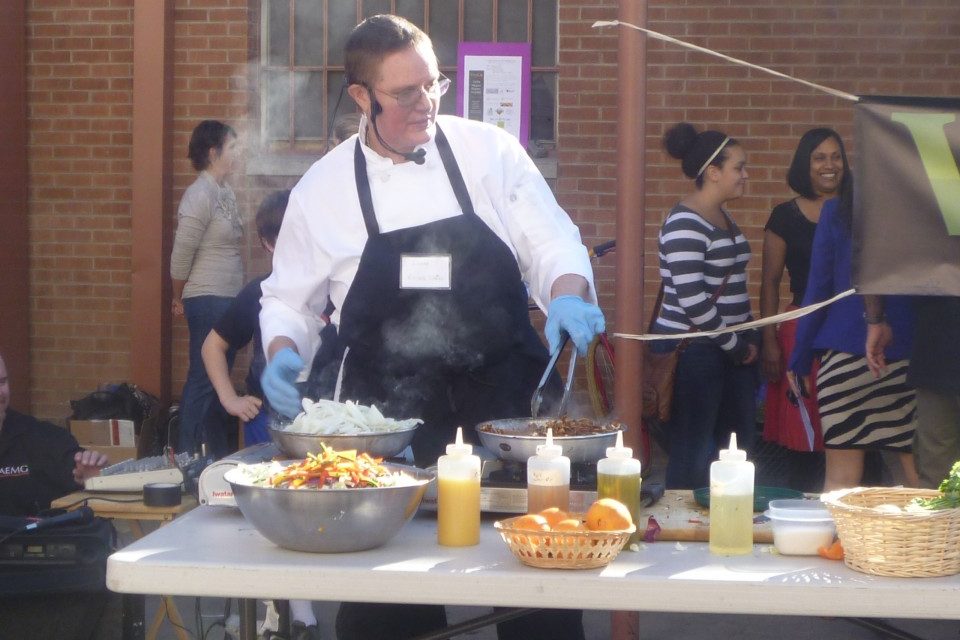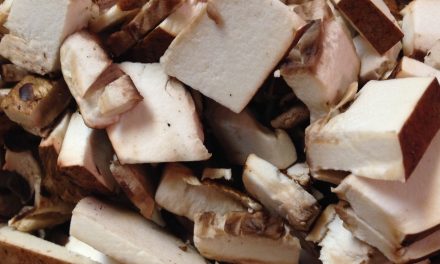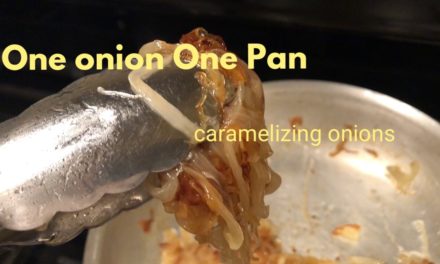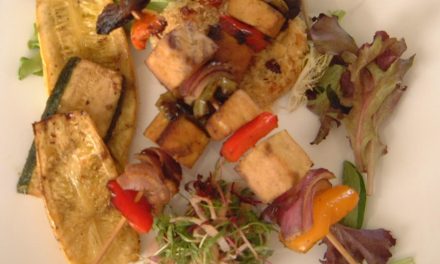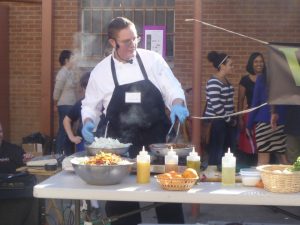 When you’re an accountant, people ask you tax questions. When you’re a doctor, they ask about medical problems. If you’re a chef, you get asked about food, kitchen equipment, and whatever celebrity chef is the hottest at the moment.
When you’re an accountant, people ask you tax questions. When you’re a doctor, they ask about medical problems. If you’re a chef, you get asked about food, kitchen equipment, and whatever celebrity chef is the hottest at the moment.
In 2015, Chef Johnna wrote a series of articles describing what it’s like to be a chef. The “Skills of a Chef” series addressed many popular topics around being a chef working in restaurants and catering.
Hands down the most popular questions are around knives. “What knives do you use?” “Which knives are best?” Where do I get a good deal on knives?” “How do I take care of my knives?”
All of these questions are addressed in It’s All About the Knives, from January 2015.
There’s a reason that people ask chefs where to eat and what tastes good. A top chef is going to have a refined palate that can detect subtle flavors and decode layers of flavor combinations. On top of that, they have the ability to imagine how flavors will work together in a new dish to create new combinations. The Skills of a Chef: Palate article delves into these topics.
The advent of social media has led to a flood of food porn as anyone can be a food photographer. If you look at most food photos, whether in a magazine, cookbook, or your Instagram feed, they have one key thing in common: good plating. (Unless, of course, someone is sharing a photo of bad food!) Chefs need to be able to convey how good the food is going to taste from the first glimpse of the plate. It is part skill and part art. There are trends in plating — and a great chef can usually tell you the year and place a dish was created just from looking at the plate — and chefs try to be on the leading edge of those trends rather than following outdated plating styles. Skill of a Chef: Plate to dive into the art of composing a plate of food.
One thing that home cooks can learn from professional chefs is organization. In a restaurant or other large kitchen, being organized is about more than just putting all the equipment away, it’s about keeping track of food expiration dates, sanitation practices, and setting everything so that the line of cooks can work at peak efficiency. How I Learned to Be a Control Freak provides an inside look into why proper organization is vital in a professional kitchen.
Cooking at home is usually a solo activity. Professional cooks, however, quickly learn that they are part of a team that works together to feed customers. Traditionally, these teams are organized like an army, with a hierarchy of executive chefs, sous chefs, and various line cooks. A good chef will put together a crew that is not only talented, but able to work together harmoniously under extremely stressful conditions — all while surrounded by fire and sharp implements. Check out A Chef’s Army: Cooks Make the Food Go Round to learn more.
Chef Johnna will be writing more in the “Skills of a Chef” series in the coming months. If there’s any aspect of working in professional kitchens that you’ve wondered about, let us know and we’ll add it to the list of future topics.

